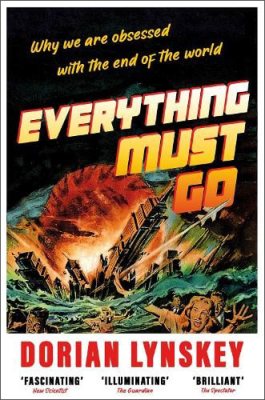Dorian Lynskey's 'Everything Must Go' explores various depictions of the end of the world across different mediums, from literature to popular culture. The book is praised for its comprehensive approach but criticized for occasionally feeling like a list rather than a cohesive narrative.
Dorian Lynskey's 'Everything Must Go' is a sprawling exploration of how humanity has imagined the end of the world through various mediums, including literature, film, and popular culture. The book is commended for its breadth and depth, covering everything from ancient myths to modern science fiction. However, some critics feel that the sheer volume of references can make the narrative feel more like a list than a cohesive story. Lynskey's ability to weave together diverse sources is impressive, but the book's structure can sometimes overwhelm the reader with information. Despite this, the book offers a fascinating look at how our fears and hopes shape our visions of the apocalypse.
Quick quotes
Lynskey fearlessly juxtaposes Skeeter Davis’s song “The End of the World” (about heartbreak) with Mary Shelley’s “The Last Man” and the 1971 film “The Omega Man.
Apparently, we’ve been thinking about wholesale termination at least since about 1800 B.C., the date ascribed to the myth of Atrahasis, a Mesopotamian creation story that predates Biblical writings by several hundred years and features a world-cleansing flood.
Lynskey’s own multilayered narrative pays respects, in its opening pages, to Saul Bellow, Norman Cohn, Richard Hofstadter, and Susan Sontag.
